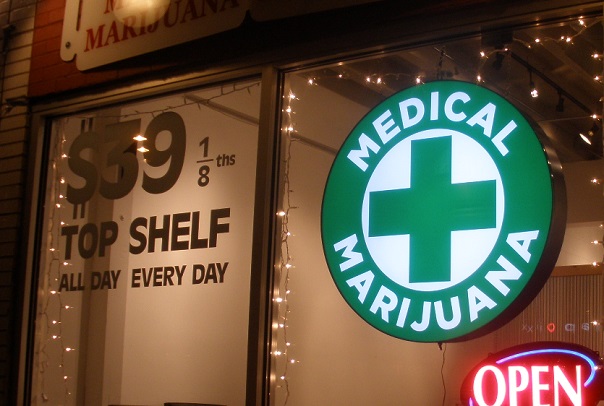
On 2 of January 2014 hundreds of Colorado people queued in the snow to buy their first bag of legal marijuana. It was already legal for medical consumption but since that morning every citizen over 21 can buy up to 28 grams a time for recreational use.
On that historic day Colorado became the first US state to legalise cannabis. Within the next few months not only did Washington follow suit, but Oregon and Alaska voted for legalisation as well, though in these two states the law hasn’t yet entered statute.
Possession and supplying cannabis is still illegal in the rest of the United States so it isn’t possible to purchase it in places ruled by federal law such as the airports.
So everyone in US is scrutinising the performance of the pioneer Colorado to see if there is room for more states to legalise marijuana. How is Colorado performing?
After marijuana was made legal some suggested there would be more road accidents and a rise in crime and in teenage use of the drug. But the opposite has proved to be the case, according to a report from the Drug Policy Alliance released six months after the legalization.
The data from the Colorado Department of Public Health and Environment say marihuana used among Colorado teens has gone down since the 1 January 2014.
The FBI’s Uniform Crime Reporting data confirms this positive trend in crime as well. The overall crime rate in the state is down 10.1 per cent from 2013, while violent crime has decreased by 5.2 per cent. The number of burglaries at dispensaries has reached a record low.
Tony Ryan worked for the Denver Police Department for 36 years and is now a member of the pro-marijuana legalisation group Law Enforcement Against Prohibition since 2005. “The drop in crime reflects that the war on drugs is a great distraction to law enforcement and disrupts officer’s ability to do their job”, he told the local press.
In the first year of legalisation, Colorado’s marijuana industry was responsible for generating $44 million(£29 million) in state taxes and fees, according to official figures released last February. That is “a significant figure that now will be used to build hospitals, and schools”, as says Rachel Gillette of NORML, an organisation that pushes for legalisation of Cannabis throught the United States.
The argument is very simple: the money earned with tax collection of marijuana goes to the government instead of falling into the hands of criminal organisations.
On top of that there are around 2,000 marijuana business licenses in the state, and about 10,000 people are employed by the industry (0.4 per cent of the working population).
Some challenges lay ahead, most of them regarding taxation of marijuana rather than safety and security. Detractors of legalisation say that the tax collection was lower than the expected.
One of the reasons is that a black market still exists because users of recreational cannabis in Colorado have to pay around 10 per cent in taxes plus a fee of 60 cents per gram each time they purchase it.
But supporters argue that, with time, competence will reduce costs. “We have to consider as well that there are some cities in the state that hasn’t still allow the opening of recreational cannabis shops,” explains Rachel Gillette.
Pat Oglesby, a lawyer and former adviser on taxation to the US congress, told local press: “We are only in the first days of legalisation. It is an advantage that in US we have the ability to legalise on a regional level so other states can learn the lessons of the pioneer states.”